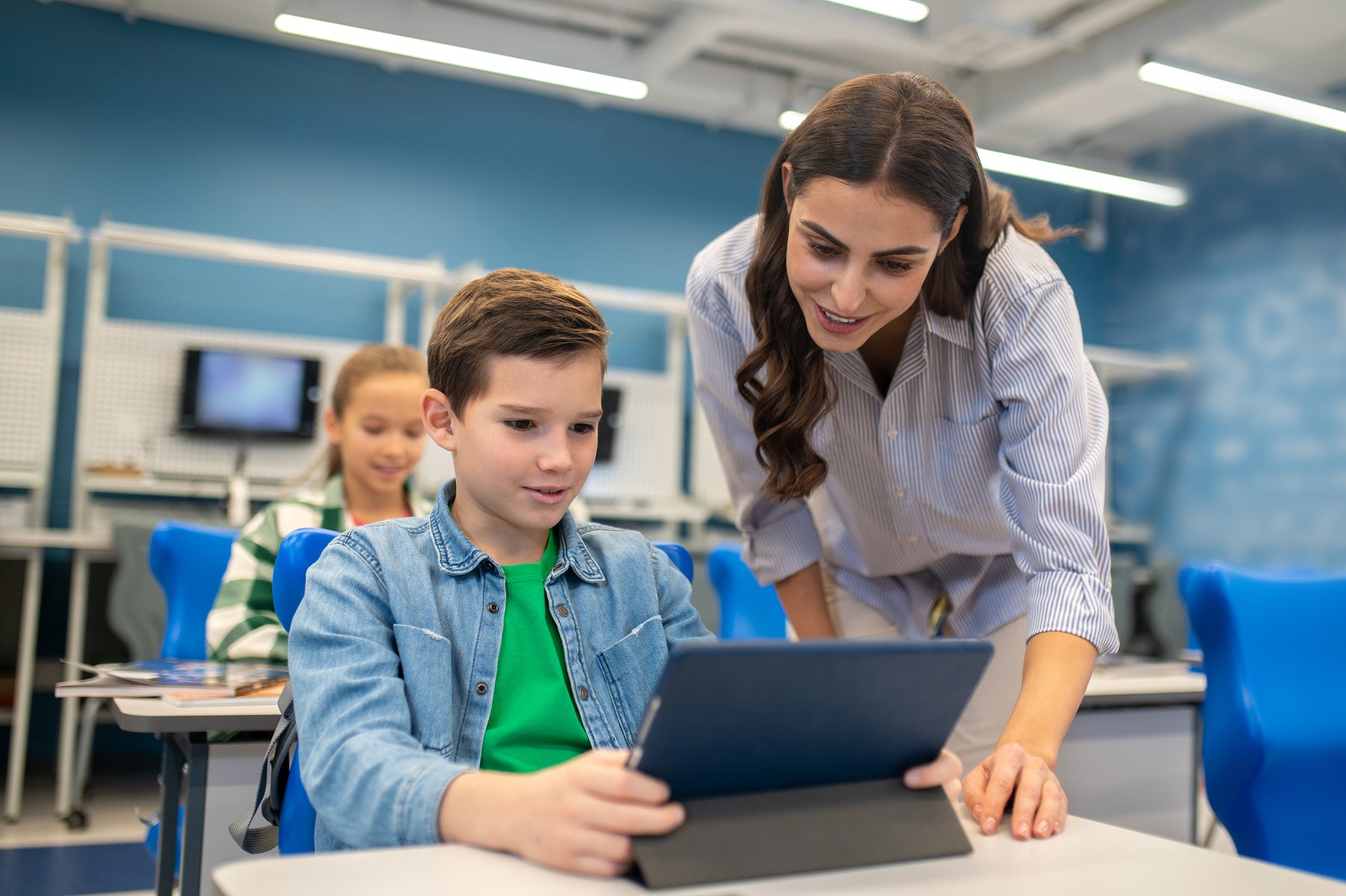
What Educators Must Know About Students' Vision and Learning Outcomes
By ReAnne Johns
Image by zinkevych on Freepik
Many factors can affect student performance and learning outcomes, but vision is often overlooked. Students who struggle with vision can have difficulty reading a board or textbook, processing information or instructions, keeping up with their peers, and more. This is especially alarming considering the significant rise of eye issues like myopia among children. With the increasing use of digital devices and less outdoor time, children's eyes are affected at earlier ages than usual.
By understanding the crucial link between vision and learning, educators can implement effective strategies to create an inclusive and accessible learning environment for all students. Here's what you should know about students' vision and how it impacts learning outcomes:
How vision affects learning outcomes
Impacted reading and literacy
Poor vision can make it much harder for students to read and understand what they're reading. A systematic review published in the Journal of Optometry found that children with vision impairment didn't perform at the same level as their normally-sighted peers. They struggled with reading speed and often expressed a dislike of reading. Not being able to read and comprehend text can make them impatient and frustrated with reading, affecting their performance in assignments and classroom tasks.
Lack of focus
Students with vision impairment may struggle to read writing on a board or a textbook, which can affect their concentration. They might find it hard to take notes or process information since they're exerting most of their effort into trying to see properly. As such, they may end up losing focus on the material and experience gaps in their knowledge.
Poor hand-eye coordination
Activities like arts and crafts, physical education, or simply playing outside with friends during recess can build students' creativity, physical fitness, and social skills—all helpful for academic performance and life. However, vision impairment can affect hand-eye coordination, causing them to fall behind in these activities. They may be unable to participate in sports or struggle with creating artwork, impacting their confidence and skills.
Such hurdles in reading and literacy can hold students back from reaching their full academic potential. Fortunately, educators can help students address vision impairment to boost their learning outcomes. Here are some tips for teachers:
How teachers can help
Finding eye exams
Students may not know where to find help to address their vision problems. Teachers can help students by recommending where they can get their eyes checked. You can show them how to use the internet to search “eye exams near me” to locate where they can get an eye exam done near the school or near where they live. Suggesting to their parents that they get an eye exam done and informing them of where they can do so can allow your students to get the help they need.
Take advantage of tech
It can be hard to keep track of your students' vision issues, but technology can make it easier to keep all critical information accessible and organized. Using tech like Google Sheets can help you stay organized and note any remarks or requirements for each student, enabling you to keep track of any unique vision issues or needs. You'll be able to know how to seat students to prioritize low-vision kids or if any of them need more accessible materials to help them learn better. You can also easily collaborate or share these documents with parents or guardians, helping you learn more about students' vision needs and informing parents of any classroom issues.
Make accessible adjustments
Making your classroom and teaching methods more accessible to low-vision students can create an inviting environment that is conducive to learning. Provide accessible learning materials, like enlarged fonts, audiobooks, or alternative formats for visual presentations. You can also engage multiple senses in your teaching methods. Utilize auditory aids alongside visuals, kinesthetic activities, and tactile materials to cater to diverse learning styles and provide alternative ways for students to process and learn information.

Leave a comment